Disclosure: This article contains affiliate links. We may earn a commission from purchases at no extra cost to you, which helps our travel content.
Standing before The Breakers, with Atlantic waves crashing against the cliffs below, I couldn't help but draw parallels between the preservation efforts here and the marine conservation work I've dedicated my life to. Both require us to honor the past while ensuring sustainability for the future. Newport's Gilded Age mansions—these 'summer cottages' of America's 19th-century elite—tell a story of excess, ambition, and surprising environmental foresight that resonates deeply with me as someone who bridges cultural traditions across continents.
The Cliff Walk: Where Gilded Opulence Meets Ocean Conservation
The 3.5-mile Cliff Walk embodies the delicate dance between human ambition and nature's domain—something I've studied across cultures from Scottish fishing communities to my ancestral home in coastal Karnataka. One side showcases America's most extravagant displays of wealth; the other, the relentless Atlantic that has shaped this coastline for millennia.
As someone who's documented traditional ecological knowledge systems worldwide, I was fascinated to learn how the mansion owners actually pioneered early coastal conservation efforts. The Vanderbilts and their peers hired landscape architects who incorporated indigenous plants to prevent erosion—an early form of the nature-based solutions we champion in marine conservation today.
The path itself varies from wide, paved sections to narrow, rocky scrambles that remind me of the coastal trails in Scotland's Outer Hebrides. For this uneven terrain, I was grateful for my hiking sandals, which transitioned perfectly from mansion gardens to rocky outcrops. They've accompanied me from tidepools in Vancouver Island to coastal walks in Cape Town, and proved equally valuable here where formal tours and nature exploration blend seamlessly.
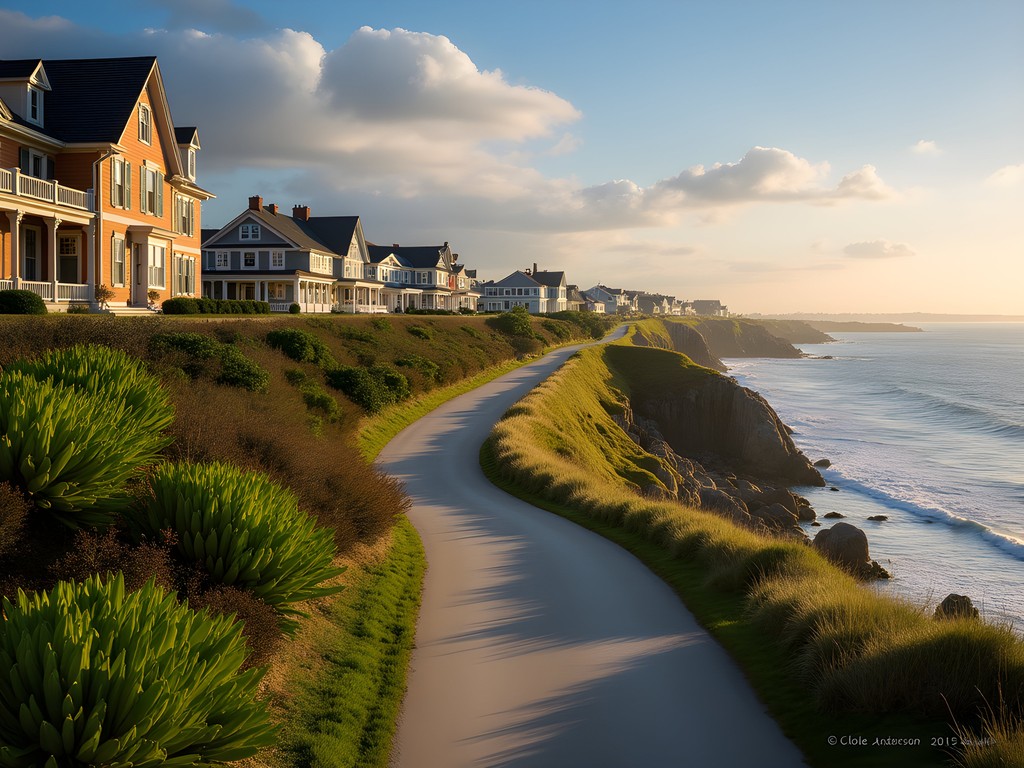
💡 Pro Tips
- Start early (before 9am) to avoid crowds and catch morning light on the mansions
- The section between The Breakers and Rough Point offers the most dramatic ocean views
- Bring a reusable water bottle—there are filling stations at major mansions but not along the trail itself
The Breakers: Environmental Lessons from the Ultimate Status Symbol
Of all Newport's mansions, The Breakers speaks most profoundly to the contradictions of the Gilded Age. Built by Cornelius Vanderbilt II in 1893, this 70-room Italian Renaissance palace represents the pinnacle of American industrial wealth. Yet what captivated me wasn't just its opulence, but the surprising environmental innovations hidden within its extravagance.
As the daughter of a marine biologist, I was particularly interested in The Breakers' relationship with its oceanfront setting. The mansion's advanced water filtration systems and climate control mechanisms were revolutionary for their time—early examples of humans attempting to live harmoniously with coastal environments while still maintaining luxury.
The guided audio tour is comprehensive, but I found myself wishing for deeper insights into the ecological aspects. This is where my architectural history guidebook proved invaluable, offering context about how these structures influenced coastal development practices across America. The book highlights sustainability elements that standard tours often overlook.
Most fascinating was learning how the Preservation Society now uses The Breakers as a case study in climate adaptation. Rising sea levels and intensifying storms pose existential threats to these coastal landmarks—a sobering parallel to the marine conservation challenges I've documented from Scotland to South Africa.

💡 Pro Tips
- Book the first tour of the day for fewer crowds and better photographs of the interiors
- Take time in the gardens to observe the carefully preserved coastal plantings
- Look for the subtle engineering features that protect the structure from salt air damage
Marble House & Rough Point: Women's Stories in the Mansions
Newport's mansions aren't just monuments to wealth—they're archives of women's history that often goes untold. As someone who's documented how women in fishing communities from India to Scotland maintain cultural knowledge, I was drawn to the stories of two remarkable Newport women: Alva Vanderbilt at Marble House and Doris Duke at Rough Point.
Marble House, completed in 1892, represents Alva Vanderbilt's declaration of independence. Beyond its 500,000 cubic feet of marble lies the story of a woman who used her position to champion women's suffrage, hosting rallies on her seaside lawn. The Chinese Tea House, where these gatherings occurred, offers one of Newport's most contemplative ocean views—a place where social change and natural beauty converged.
For comfortable exploration of these extensive properties, my insole cushions were lifesavers, providing support through hours of walking on marble floors and garden paths. They're discrete enough to fit in dressier shoes appropriate for these elegant settings.
At Rough Point, Doris Duke's legacy as an environmentalist particularly resonated with me. Her Foundation for Southeast Asian Art and Culture established groundbreaking conservation programs that mirror approaches I've studied in marine protection. The mansion's guided tour reveals how Duke maintained traditional ecological practices on the property long before sustainability became fashionable. Her bedroom, positioned to capture both sunrise and the sounds of waves, speaks to a woman who, despite her wealth, maintained a connection to natural rhythms.

💡 Pro Tips
- Visit Marble House's Chinese Tea House at sunset for spectacular ocean views
- Book the 'Behind the Scenes' tour at Rough Point to learn about Doris Duke's conservation efforts
- Bring a light scarf or packable jacket as ocean breezes can be chilly even in summer
A Sustainable Approach to Newport's Mansion Experience
Exploring Newport's mansions through a conservation lens transformed what could have been merely a tour of excessive wealth into a deeper examination of our relationship with coastal environments. As someone who bridges cultural conservation traditions, I was determined to experience these landmarks mindfully.
I started each day with a locally-sourced breakfast at Belle's Café in the Newport Shipyard, where fishing boats deliver their catch daily—a practice reminiscent of the coastal communities I've studied worldwide. For hydration throughout long touring days, my insulated water bottle kept drinks cold despite summer heat, eliminating single-use plastic waste.
Between mansion visits, I sought out Newport's lesser-known ecological treasures. Sachuest Point National Wildlife Refuge offers a contrasting perspective on coastal conservation, where you can observe the same waters that lap at mansion foundations supporting diverse marine ecosystems. The juxtaposition is powerful—nature's inherent wealth alongside human-constructed opulence.
For evening reflection, I recommend watching sunset from Ochre Point with a locally-sourced picnic. I used my compact picnic blanket which packs down to pocket size but provides ample space to sit while contemplating how these mansions have weathered a century of environmental challenges—much like the resilient coastal communities I've documented from Kerala to the Hebrides.
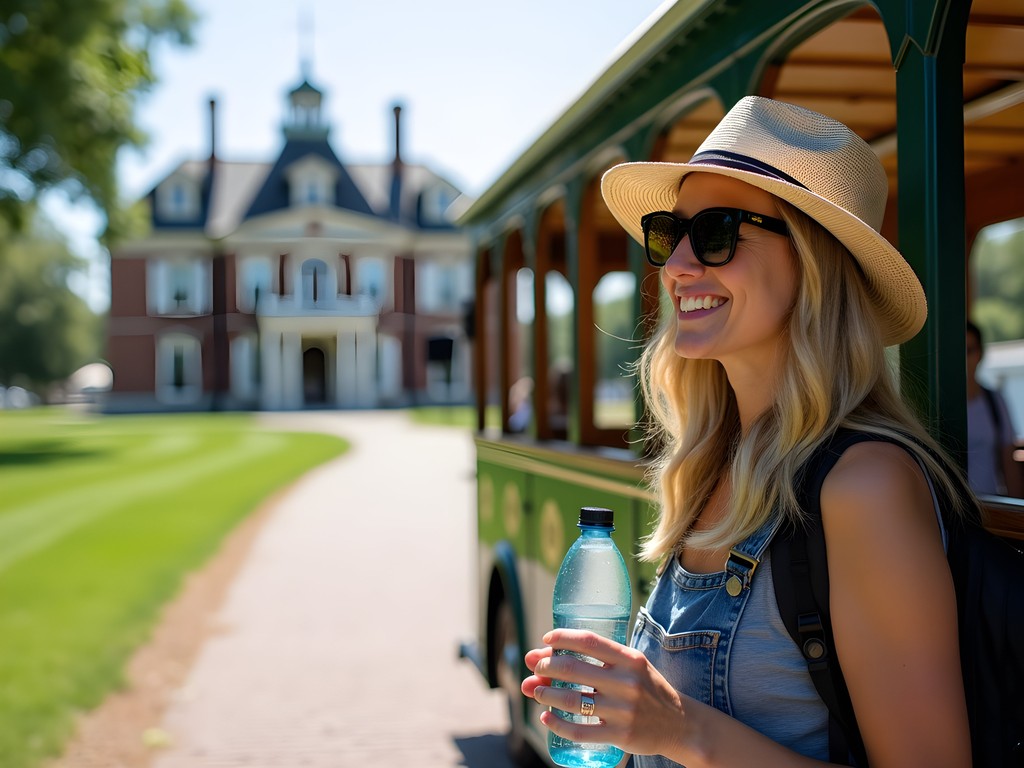
💡 Pro Tips
- Purchase a combined ticket for multiple mansions to save money and reduce paper waste
- Use the free RIPTA trolley between mansions instead of driving to reduce environmental impact
- Support local conservation by visiting the Save The Bay Exploration Center to understand current efforts to protect Newport's waters
Final Thoughts
Newport's Gilded Age mansions offer more than a glimpse into American excess—they provide a fascinating case study in how wealth interfaces with natural environments. As someone who has documented traditional ecological knowledge systems across cultures, I found unexpected parallels between these palatial structures and the fishing communities I've studied from Scotland to South India. Both represent human adaptations to coastal living, albeit at dramatically different scales.
What will stay with me most isn't the gold leaf or marble staircases, but the ongoing conversation between preservation and adaptation these mansions represent. As climate change threatens coastal heritage worldwide, Newport's preservation efforts offer valuable lessons for marine conservation practitioners everywhere.
I invite you to experience these magnificent structures not just as monuments to a bygone era of wealth, but as living laboratories where cultural preservation and environmental stewardship continue to evolve together—much like the traditional ecological knowledge systems I've spent my career documenting across our beautiful blue planet.
✨ Key Takeaways
- Newport's mansions offer insights into early coastal conservation practices that parallel traditional ecological knowledge systems worldwide
- The Cliff Walk provides a unique opportunity to observe the interface between human development and natural coastal processes
- Women like Alva Vanderbilt and Doris Duke used their positions to advance both social and environmental causes
- Sustainable tourism approaches help preserve these landmarks for future generations while respecting their coastal setting
📋 Practical Information
Best Time to Visit
Summer (June-August) for optimal weather and full access to all mansions
Budget Estimate
$150-250 per person for a weekend (including accommodations, mansion tickets, and meals)
Recommended Duration
2-3 days minimum to fully appreciate the major mansions and Cliff Walk
Difficulty Level
Easy To Moderate (Cliff Walk Has Some Uneven Terrain)

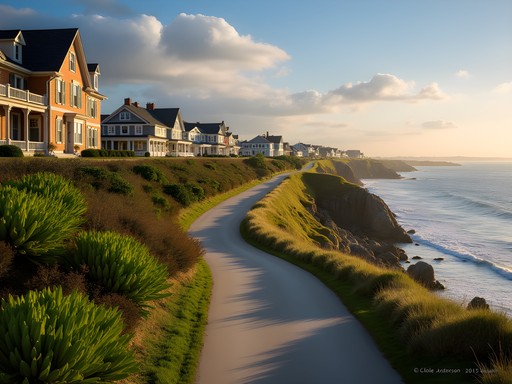
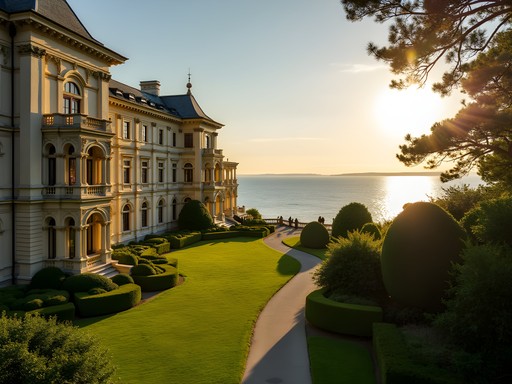





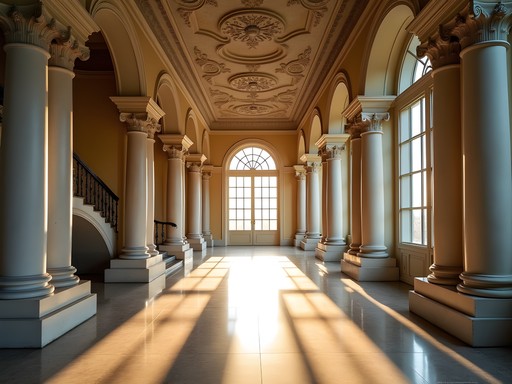

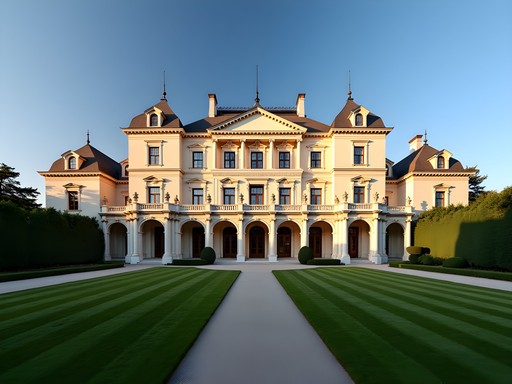




Comments
cityadventurer
Loved reading this! I'm wondering about accessibility - how manageable is the Cliff Walk for someone with mild mobility issues? Is there a way to see parts of it without doing the whole trail?
Sage Dixon
Good question! The northern section (from Memorial Blvd to Ruggles Ave) is the most accessible part - paved and relatively flat. There are several entry/exit points so you can do shorter segments. The southern portions get much rockier and more challenging.
cityadventurer
That's super helpful, thanks! Will stick to the northern section then.
wanderlusthero
If you're visiting in summer, go early! We made the mistake of arriving midday and the crowds were intense. The mansions get hot too since many don't have AC. Early morning is definitely the way to go.
sunsetchamp
Good tip! Planning to go in October - hoping it'll be less crowded then.
wanderlusthero
October is perfect! The fall colors against those mansions are gorgeous and the crowds are much thinner.
beachperson3190
Great post! I visited Newport last summer and was surprised by how much I enjoyed the servants' tour at The Elms. Really puts the whole Gilded Age in perspective when you see both sides of mansion life. The contrast between upstairs luxury and downstairs functionality is mind-blowing. Your point about wealth and nature conservation is spot-on too - it's ironic that these monuments to excess are now teaching us about preservation.
newenglandnative
Pro tip for anyone visiting: there's a great local coffee shop called Empire Tea & Coffee just a short walk from The Elms. Perfect for a pick-me-up between mansion tours!
cooladventurer3763
Omg yes! Their lavender latte is amazing!
luckybackpacker
Been there twice. The Breakers never gets old!
tripvibes
This looks amazing! I'm planning a trip to Newport in October. Is it better to do a guided tour or just explore on your own? And how many mansions can you realistically see in one day?
beachperson3190
Not the author but I'd say two mansions max per day if you want to enjoy them. The Breakers and either Marble House or Rosecliff make a good combo. Self-guided is fine but the audio tours add a lot.
tripvibes
Thanks for the tip! Will definitely plan for multiple days then.
Sage Dixon
I love how you highlighted the women's stories at Marble House and Rough Point! When I visited last fall, I was captivated by Alva Vanderbilt's suffragist work—how she leveraged her position of privilege to fight for women's rights. The juxtaposition of extreme wealth against social activism is fascinating. For anyone planning a visit, I'd recommend bringing a good pair of walking shoes for the Cliff Walk and allowing at least 2 hours per mansion if you want to really absorb the details. I used the audio guide which added so much context beyond the standard tour information.
redway
Just got back from my trip and totally agree about the walking shoes! My feet were KILLING me by the end of the Cliff Walk. Worth every step though!
starmaster
Those photos are stunning! The Breakers looks unreal!
Amit Sullivan
Fascinating perspective connecting the Gilded Age excesses to modern conservation efforts, Chloe. When I visited Newport last year, I was struck by how The Breakers simultaneously represents both conspicuous consumption and remarkable preservation. The tour guide mentioned that maintaining these properties is increasingly challenging with climate change impacts on the coastline. Did you happen to learn anything about their sustainability initiatives beyond what you mentioned in the post?
cityadventurer
I was there in June and they had a small exhibit about erosion prevention efforts along the cliff base. Pretty interesting stuff about how they're using native plants to help stabilize things.
Amit Sullivan
That's excellent to hear! Nature-based solutions are often the most effective for coastal preservation. Thanks for sharing that detail.
redway
OMG this post is EXACTLY what I needed!!! Heading to Newport next weekend and the Cliff Walk has been on my bucket list forever! Love how you tied in the conservation angle - never thought about these mansions from that perspective before. Can't wait to see the contrast between the ocean and all that opulence!
Venture X
Premium card with 2X miles, $300 travel credit, Priority Pass